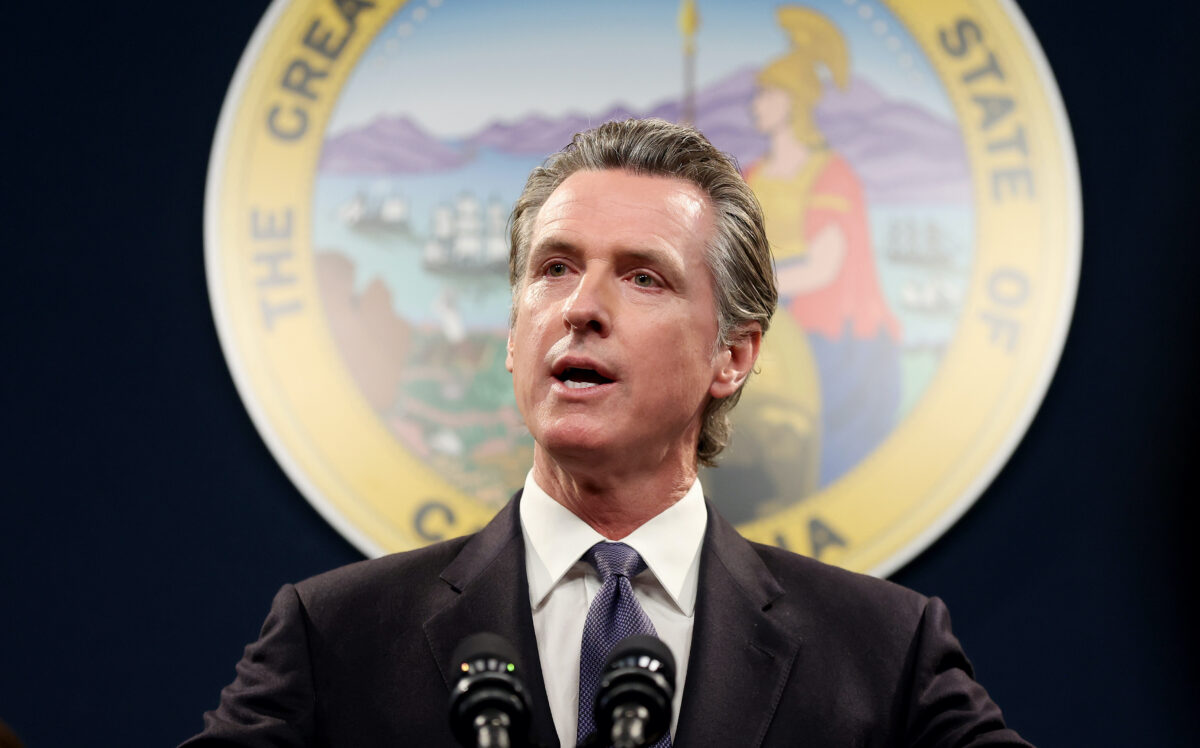


Natural gas prices in California have skyrocketed this winter, with some utility firms seeing a quadrupling in their gas procurement prices while some customers seeing their gas bills more than double.
Colder-than-expected temperatures have driven up gas demand for heating in California. Around 70 percent of households in the state use gas for heating, twice national average of 35 percent. On Nov. 23, natural gas prices at the NYMEX exchange were at $7.48 per metric million British thermal unit (MMBtu). Since then, it has fallen to $2.39/MMBtu as of Feb. 16. However, this decline in prices has not been reflected in California.
According to data from SoCalGas, the primary provider of natural gas to Southern California, gas procurement prices have risen in these months. Between November and January, procurement prices rose by 430 percent.
In late December, SoCalGas had warned that customers might see their bills roughly triple this winter compared to the previous winter. Though bills in February are expected to be less than half of what it was in January, it is still predicted to be higher than normal.
SoCalGas’ January 2023 core procurement gas price was over four times the January 2022 price. This February price is reported to be about a third of January 2023’s prices, but over 80 percent higher than last February prices.
In January, average bills for residential customers of utility company PG&E in Northern California rose to $195 from $151 in the same month last year. SoCalGas customers were billed $300 on average, more than double the $123 billed last year, Jean Spencer, supervisor of energy division at California’s public utility commission, revealed during a recent hearing.
Nearly 90 percent of California’s natural gas supply is accounted for by imports. This makes the state’s gas security vulnerable to issues outside its borders.
Natural gas prices in the West Coast were pushed up not only due to below-normal temperatures in the region but also high consumption, low imports from Canada, low storage levels in the Pacific region, and pipeline constraints, according to the U.S. Energy Information Administration (EIA).
“Hidden state taxes” and climate change mandates are the drivers behind high gas and electricity bills in California, based on a study conducted by nonpartisan The Transparency Foundation.
“We found over $4.5 billion in hidden state taxes added by Sacramento politicians to the electricity and gas rates imposed on California residents—and none of these taxes are disclosed on the bills sent to residents,” said Carl DeMaio, chairman of The Transparency Foundation.
The study revealed Californians were being forced to pay natural gas rates that are 30.1 percent higher than the national average and electricity rates that are 67.1 percent higher. Around 60.4–78.7 percent of gas utility costs were found to have been unnecessarily increased due to costly state mandates and regulations.
“On top of the hidden state taxes found within the utility rates, California’s aggressive climate change mandates have both increased the commodity prices of electricity and natural gas as well as been the primary contributor to price spikes during supply disruptions that led to the doubling and tripling of bills,” DeMaio added.
Democrat Governor Gavin Newsom has written to the Federal Energy Regulatory Commission (FERC) to investigate potential market manipulation of gas prices.
However, the Institute for Energy Research (IER) blames Newsom’s push for renewable energy as a key reason for disrupted gas supplies in the state, advising the governor to look into promoting natural gas supplies as well as fixing state regulations on gas storage.
“California is on a path to get to net zero carbon by 2045, and like President Biden, Newsom is not looking at how to ensure that the current energy system operates smoothly,” IER said.
Rather, Newsom “plunges ahead with blinders on to get to 100 percent renewable energy and a total fleet of electric vehicles in the state, which will drive energy demand up substantially from an already weak electrical grid.”
